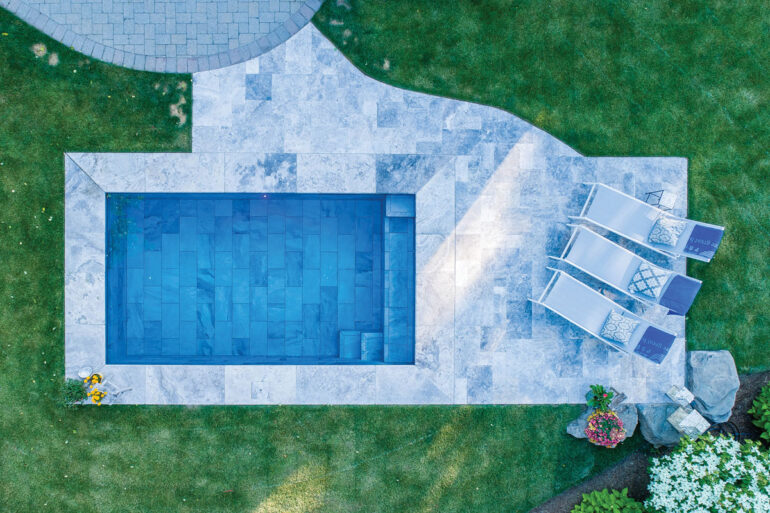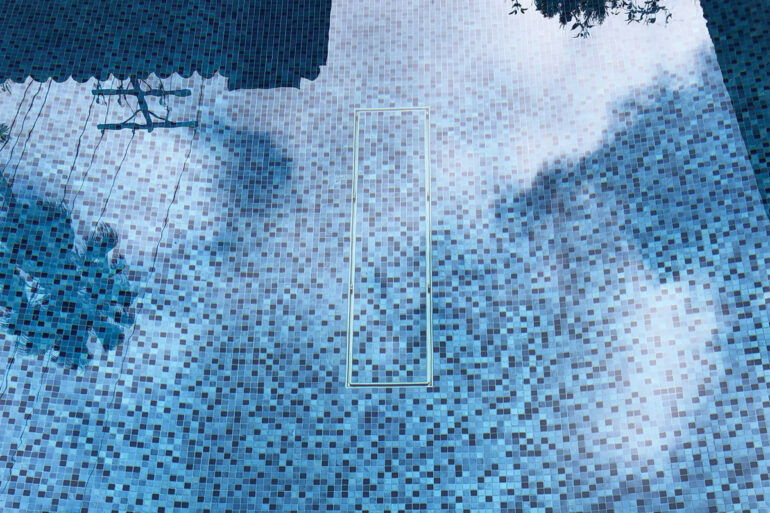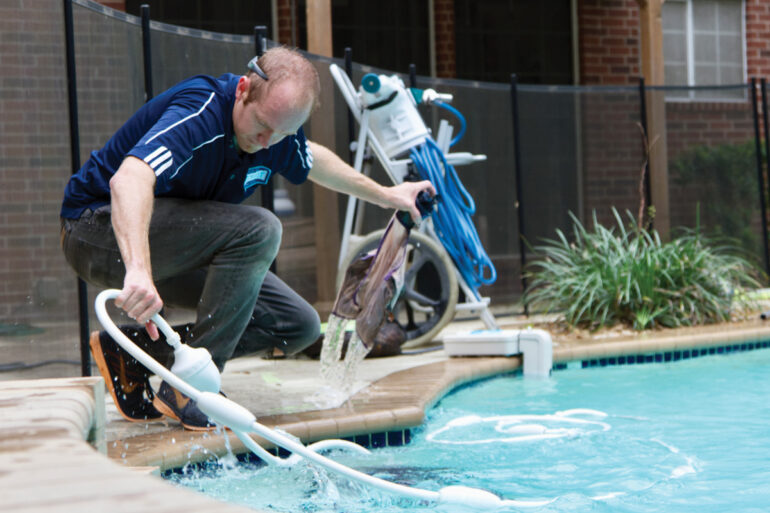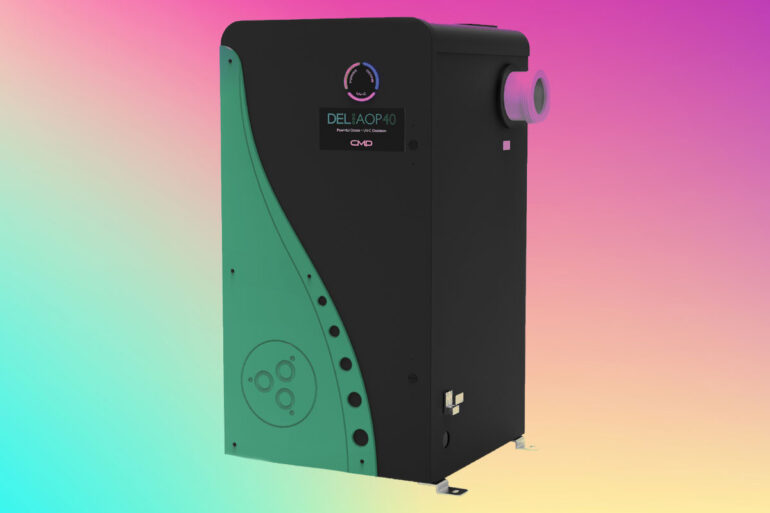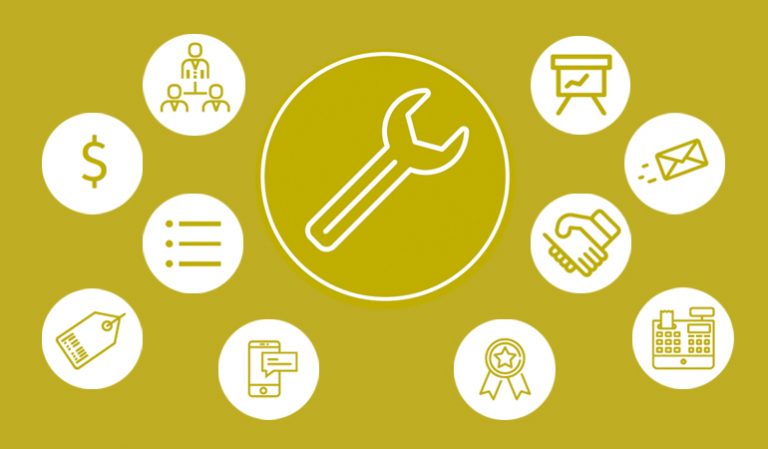Plunging Back Into Commercial
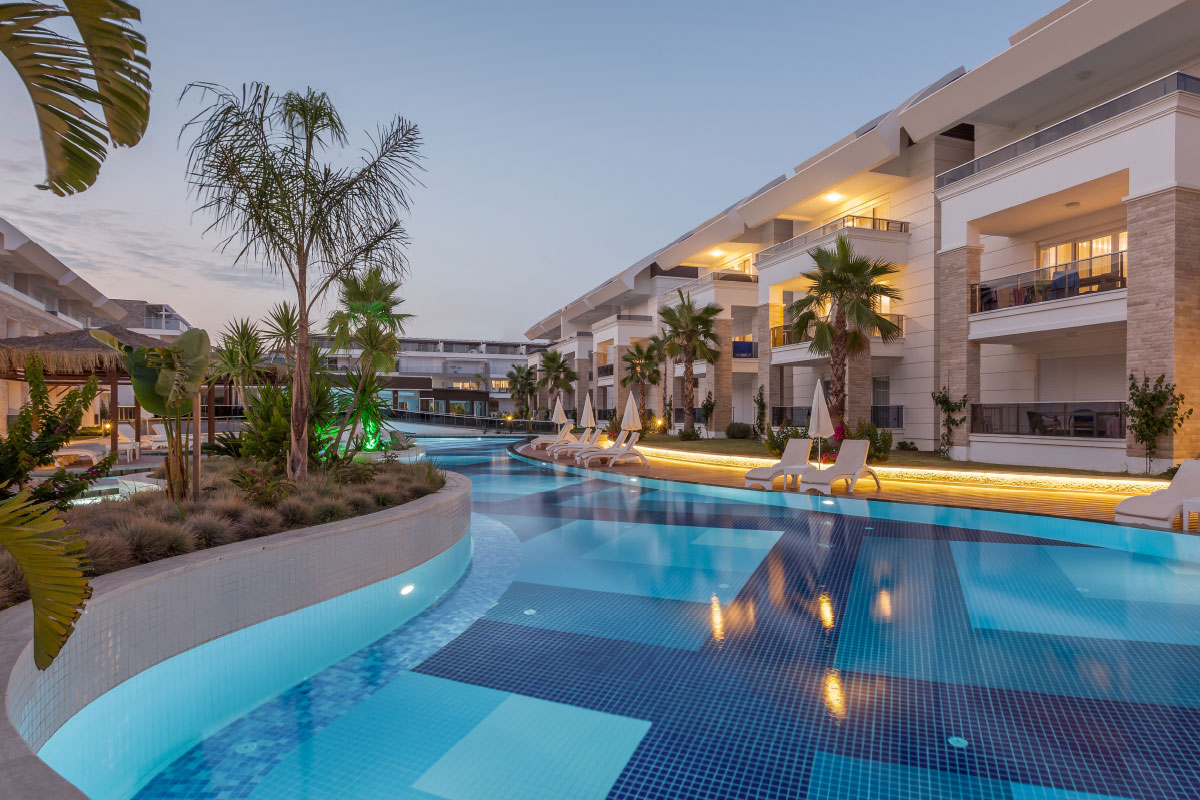
Experts say the commercial pool industry is slowly starting to get back to a somewhat pre-pandemic normal.
Unlike residential pools — which spiked in usage and demand across the United States when COVID hit — commercial pools shuttered nearly overnight. With approximately 255,000 commercial pools in the United States, the sudden halt was a jolt to commercial service companies.
“Initially, it was a significant blow to the commercial space,” says Rob Thill, national commercial and technical sales manager of CMP, a Herring, Georgia–based pool and spa industry supplier. “You think about March 2020, you’re going into peak travel season. You saw a lot of hospitality industry sites go into shutdown mode since no one could really travel. The need for doing much work outside of just standard maintenance shut completely down.”
While shuttered pools required less maintenance, pool pros in commercial building kept busy.
“In talking to some of the designers, the project pipeline remains strong,” Thill says. “There were people talking about development opportunities.”
Mike Fowler, pool equipment manufacturer Pentair’s commercial sales manager for the southeast and mid-Atlantic regions, says the same.
“[Commercial] business is booming with many projects under construction, many in planning stages,” he says. “Availability of contractors because of their backlog, as well as availability of equipment lines has been the biggest issues lately. I’ve heard from a couple dealers that they’re already scheduled into mid- to late 2022 for starting some projects.”
Powering back up now that many restrictions have eased could prove problematic for some commercial facilities. When public facilities finally opened this summer — right in time for massive heat waves — pool lovers headed to local water facilities in droves. Dan Lenz, vice president of All Seasons Pools & Spas, Inc., a pool and spa servicer for the Chicago area, says commercial pool openings can be rocky after long periods of no use.
“Many pools that were never put into operation are having a little difficulty; when things aren’t used for 18-plus months, they tend not to start up well, and with product and part shortages, it’s been a challenge,” Lenz says. “Those that at least ran their pools in 2020 after winterizing them in the fall of 2019 opened up easily, so their investment last year definitely helped them this year.”
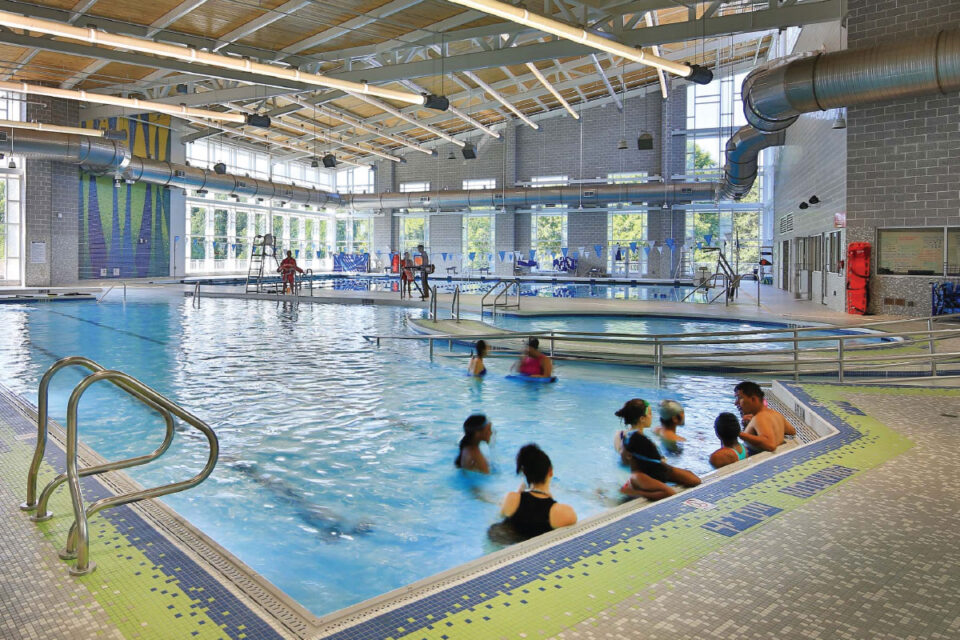
A lifeguard watches over a few swimmers at the Leonard J. Kaplan Center for Wellness aquatic center at the University of North Carolina Greensboro. The facility is used for a variety of activities including recreational swim, intramural sports, club sports, kayak roll classes and swim lessons. Photos: Pentair 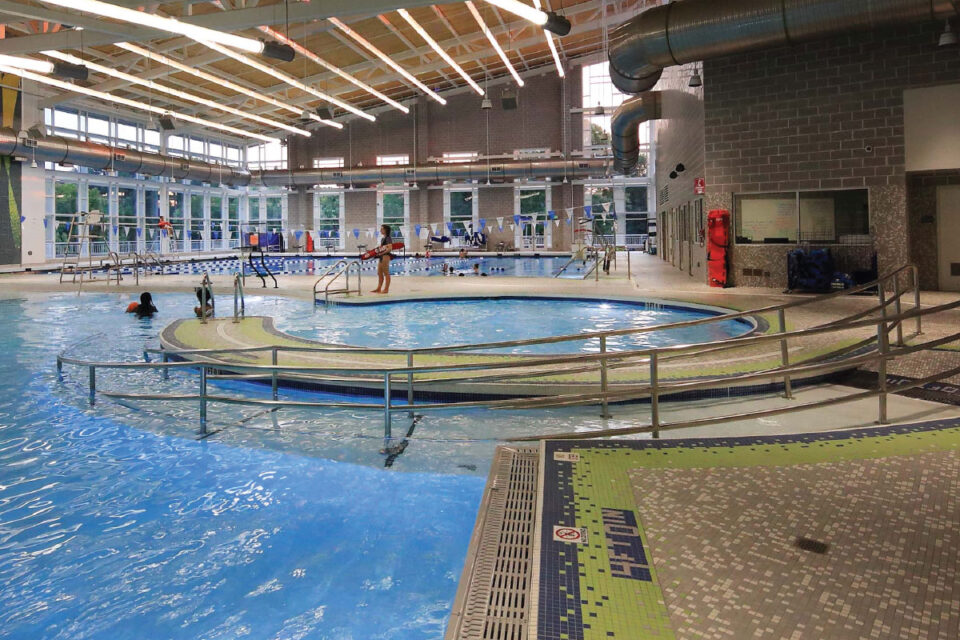
A lifeguard watches over a few swimmers at the Leonard J. Kaplan Center for Wellness aquatic center at the University of North Carolina Greensboro. The facility is used for a variety of activities including recreational swim, intramural sports, club sports, kayak roll classes and swim lessons. Photos: Pentair
Challenging pool openings and social distancing restrictions, alongside shortages of lifeguards, meant fewer days at the pool this year for residents in multiple cities.
There is also concern from swimmers about how clean the water really is. After a year of hearing constant sanitizing messaging, some are still fearful of getting into the water with non-family members, experts say.
Listening to those concerns is important for continued successful pool openings and community engagement again, says Steve Berens, CEO and co-founder of Clear Comfort, an industrial water-treatment technology company.
“People do care very deeply about sanitation right now,” Berens says. “They want to go in the water. This is their entertainment now. They’ve been on limited vacations. They want to go to that hotel or motel pool and relax and enjoy it, but they want some assurance.”
The concern level is the same whether it’s an indoor or outdoor pool, he says, and educating local facility operators is one way his staff has stayed busy during the pandemic closures. That has included webinars for commercial pool operators and partnering with council members to teach best sanitation practices.
“We spend a lot of time doing training on more modern ways of doing water chemistry,” Berens says. “That’s served us well. We didn’t see an increase of on-site inspections because so many facilities were closed. Some were allowed to reopen without a plan. It really just depends on where you are. It’s all over the board.”
A positive that came out of the commercial pool closure periods was the opportunity to evaluate pool conditions overall, Berens says. Unlike residential pools, commercial pools don’t often have the luxury of downtime, he says.
From a manufacturing standpoint, both CMP and Clear Comfort say they’ve been able to provide solutions for servicing commercial pools better. Both companies have had requests for educational opportunities from servicers to share how facilities can upgrade their sanitation systems to give swimmers peace of mind.
“There is some elevated concern in the service industry, and they’re looking for alternatives,” CMP’s Thill says. “That’s one thing we’re able to give them.”
While the COVID pandemic challenged many industries, it also brought about helpful insights. It mostly proved that no matter how prepared a business can be, surprises may pop up.
“The COVID impact was felt most by the numerous facilities forced to close in 2020, and some still remain closed now,” Fowler says. “Lost business and revenue truly forced the commercial segment, in a lot of areas, into an unprecedented time.”
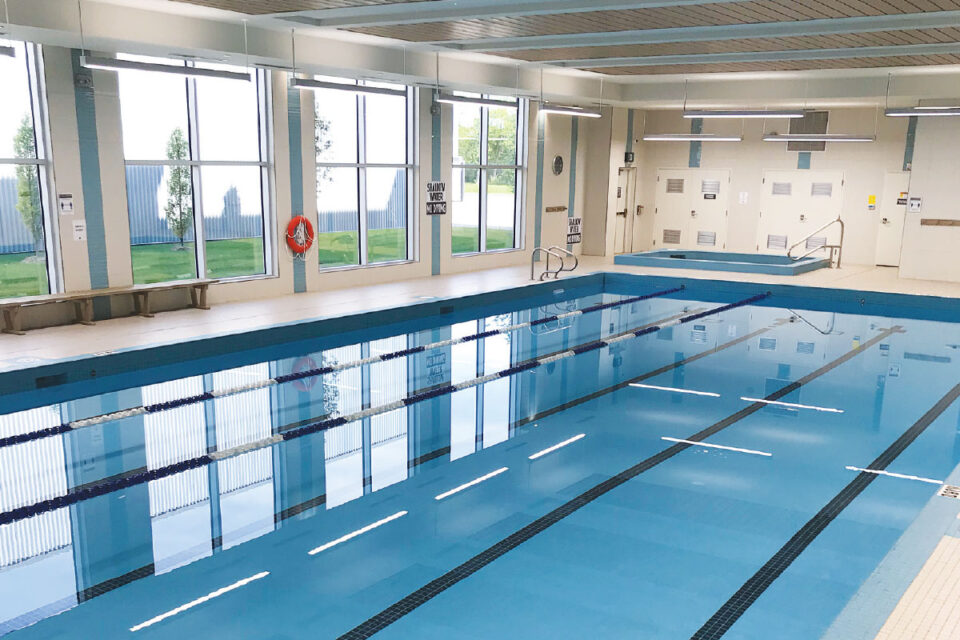
As a pool equipment manufacturer, Fowler says the pandemic has given Pentair a financial boost but also provided valuable lessons on staying connected with key dealers and distributors.
Most have learned continued communication is essential in the industry, especially during backlogs and shortages, which have been more glaringly obvious due to the pandemic. The pandemic has also forced some companies to increase production capacity by expanding warehouse space and production areas. This year, both CMP and Clear Comfort expanded to keep production on track so dealers and distributors could remain functional.
Above all, the future of the commercial pool industry is going to rely heavily on positive PR and helpful education. That includes messaging given to dealers and the community on how commercial pools are being taken care of in this new era.
Berens likens the COVID pandemic and public facilities usage to the polio epidemic. While vaccination rates are increasing and restrictions relaxing, safety still lingers in the minds of the public, he says.
“People want a community again,” he says, “and a community experience is giving them the assurance and trust that [a public facility is] a safe place to be; it’s a critical part of getting back to normalcy. It’s not much different than the polio [epidemic] was. During the polio epidemic, people didn’t want to go to public swimming facilities or be near people.”
The commercial industry as a whole must continue urging the public to go back to the pool in a respectful manner, he says.
“We need to be positive in how we treat water and how we treat people’s feelings about the water,” Berens says. “It’s not just showing them the test kit that the water is fine. It includes education, too. That’s the most important thing for us as an industry.”

